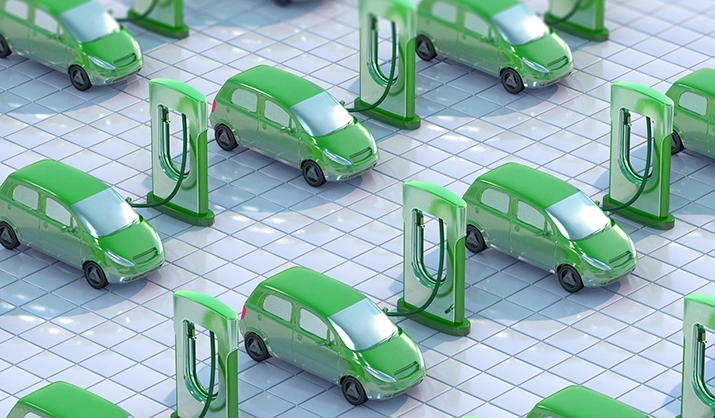2022 has been billed as the year electric vehicles (EVs) would really take off based on last year’s sales increases around the world and exceptional consumer demand. Of course, that demand often did not result in a new EV appearing in the driveway for buyers as supply chain delays are creating a wait time of up to two years for some models. One dealer who handles one of the top-5 selling EVs in the U.S. told me recently that his dealership had only seen 10 of these new vehicles all year. He explained that the backlog was “overwhelming.”
Most people understand that their next vehicle, or at the very latest the one after that, will have to be electric and the brands that really get it right early on will be the big market winners.”
Hopefully, this current shortage of EVs will not impact the goals of the COP26 to be all-electric by 2040, but it did make me realize that mass adoption has been pushed down the road by a few years. Ford, GM, Mercedes-Benz, Jaguar Land Rover, and Volvo all signed on to this commitment as did more than thirty countries. While the U.S. did not, some individual states did including California, New York and Washington. Several countries aim to beat that 2040 goal significantly. Most people understand that their next vehicle, or at the very latest the one after that, will have to be electric and the brands that really get it right early on will be the big market winners.
Tesla currently dominates the market in the U.S. due to brand equity and mileage range, and no one would bet against that company maintaining market prominence, especially on the heels of Elon Musk telling the world in March that he is working on the Tesla Master Plan Part 3. The one teaser we have about Tesla is its determination to scale to “extreme size.” Musk knows what’s coming, and so do we. So should other brands just pack it in, or become Tesla clones? Of course not, and now that the industry can see consumer demand growing exponentially, every opportunity should be taken to ensure every element of that consumer demand is met. So how can EV brands get it right?
Understanding the current needs and expectations of customers, and accurately predicting how those will evolve over the next few crucial years is key to taking a critical early lead in the marketplace.”
Developing products, services, and messages that are customer-centric should be the single focus of every EV manufacturer. Understanding the current needs and expectations of customers, and accurately predicting how those will evolve over the next few crucial years is key to taking a critical early lead in the marketplace. This can only be done by placing the customer at the center of all strategic product decisions, including design and build, as well as marketing decisions. Specifically, EV manufacturers should be gaining insights in these ways with EV buyers:
- Test every key decision with target consumers
- Use a trusted framework (like Jobs To Be Done) to help accurately build the vehicles that consumers will demand
- Develop a deep understanding of current needs and expectations and track how those evolve over time
- Understand their perceived barriers, and what may prevent switching
- Always be on top of consumer sentiment and how it responds to a dynamic market
EV brands should not become complacent during the current supply chain challenges with staying close to their customer. The risk of getting the EV market and consumer wrong is too great, while the benefits of getting it right are enormous.
Want to learn more about EV customer insight approaches?




